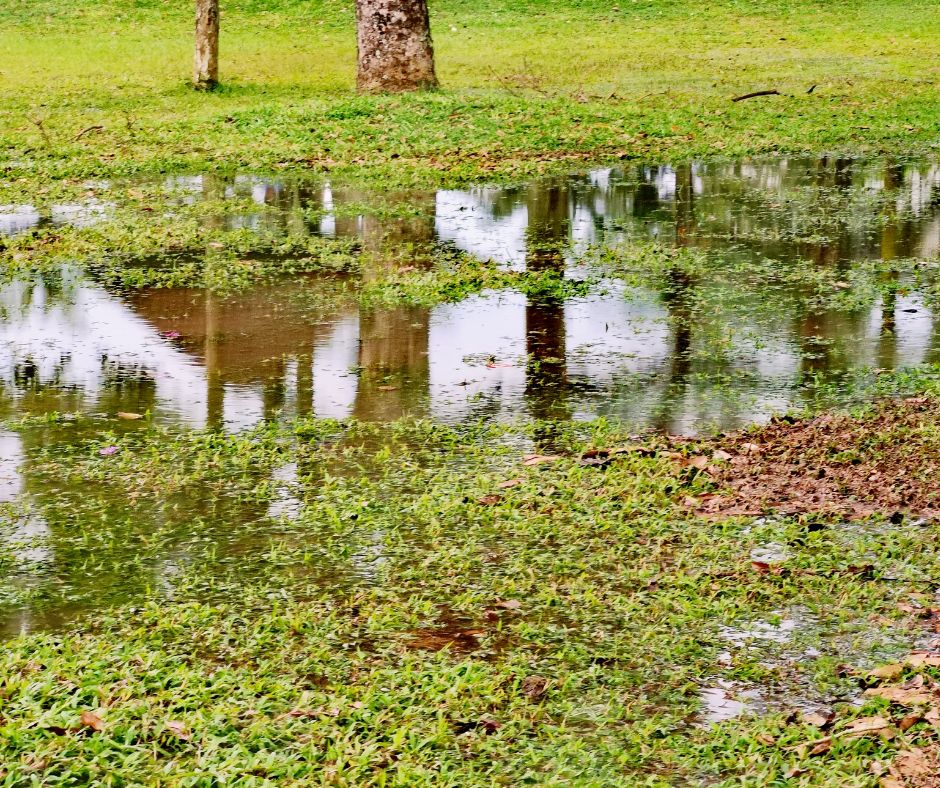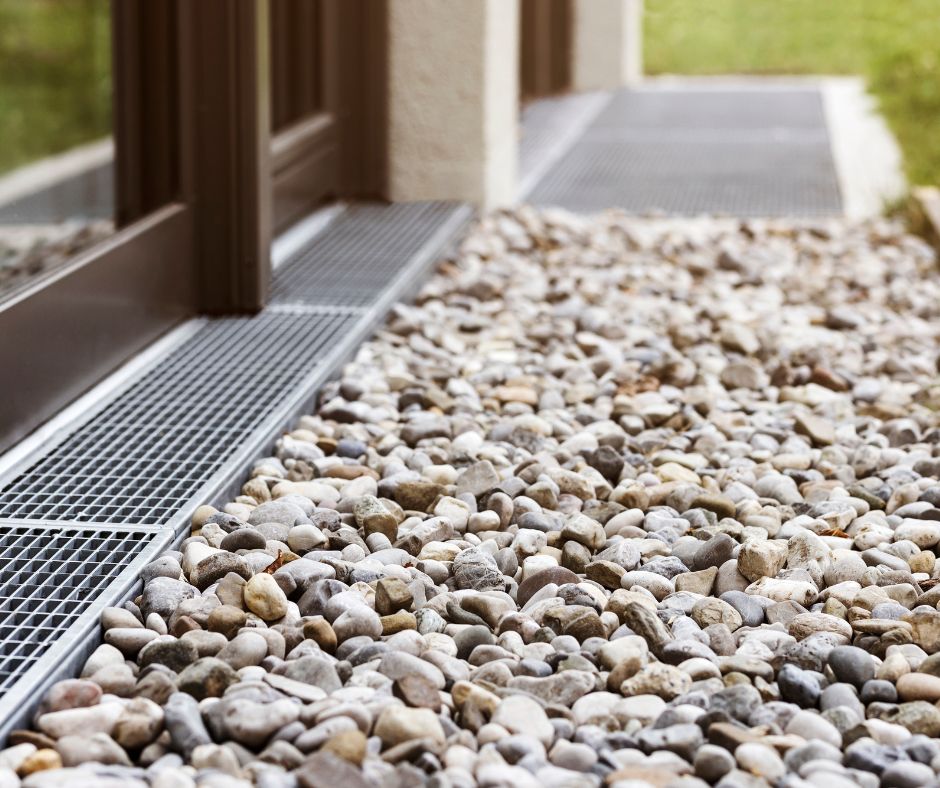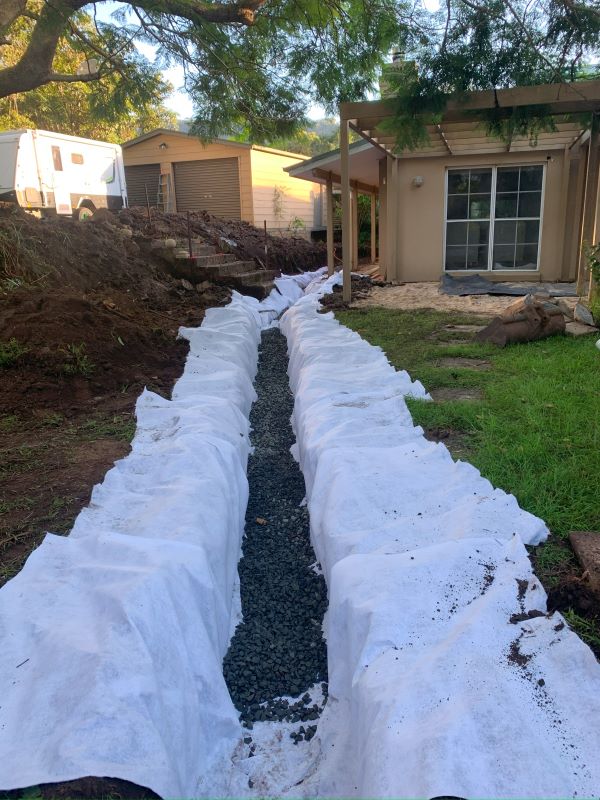Comprehensive Analysis of Major Factors Contributing to Blocked Stormwater Drains
Blocked stormwater drains frequently present challenges that stem from a variety of natural and structural issues. These include the accumulation of leaf debris, intrusion by tree roots, and the risk of pipe collapse. Homeowners may notice indicators of blockage, such as slow drainage of water runoff, visible pooling around drainage grates, unusual gurgling sounds emanating from the pipes, or even instances of water backing up into living spaces following rainfall. To proactively address these problems, begin by clearing any visible debris from the surface. Next, conduct a thorough inspection for possible pipe blockages. If these issues persist, consider implementing a French drain system, designed to effectively redirect excess water away from your home’s foundation, thereby preventing potential structural damage.

During heavy rainfall events, your stormwater management system is engineered to channel water efficiently away from your property. However, blockages can lead to significant water backup, resulting in flooding in gardens, potential damage to your home's foundations, and even water seepage into basements or subfloors. Homeowners in Wollongong, especially those situated on sloping blocks or in areas characterized by clay-rich soil, may encounter frequent issues with blocked stormwater drains that necessitate regular maintenance to avert costly repairs and protect their properties.
If your drainage grate is overflowing or your outdoor area resembles a swamp after rainfall, this comprehensive guide will explore the myriad causes of such blockages. It will provide step-by-step instructions for effective clearance and offer guidance on when it’s advisable to consider more advanced solutions, including a French drain system. By gaining insight into these contributing factors, you can take proactive steps to maintain your property's drainage systems and safeguard your home against water-related issues.
Identifying the Most Common Causes of Blocked Stormwater Drains in Wollongong
1. Understanding the Impact of Leaf Litter and Garden Debris on Drain Blockages
During adverse weather conditions, organic materials like leaves, bark, and mulch can wash into surface grates, creating a natural barrier that obstructs water flow. If regular maintenance and cleaning are overlooked, these blockages can accumulate rapidly, particularly in densely vegetated neighborhoods such as Keiraville, Figtree, or Mt Keira. Homeowners must be proactive in clearing these areas to prevent flooding and possible water damage, ensuring that stormwater systems operate efficiently and effectively.
2. The Negative Effects of Invasive Tree Roots on Drainage Systems
Mature trees develop extensive root systems that often search for moisture sources, leading them to infiltrate and damage PVC or clay pipes. Over time, this infiltration can greatly reduce water flow and capture additional debris within the pipes, resulting in severe blockages that need urgent attention. Such intrusions can lead to expensive repairs and further complications to your stormwater infrastructure if not addressed swiftly.
3. The Risks of Pipe Collapse and Silt Buildup in Aging Stormwater Systems
Older stormwater systems, particularly those in homes constructed prior to the year 2000, are especially susceptible to issues such as collapsed pipes, improper fall angles, or excessive sediment accumulation. These problems often go unnoticed until a heavy rainfall occurs, causing sudden failures that can lead to extensive property damage. Regular inspections and maintenance are essential for detecting and addressing these vulnerabilities before they escalate into major issues that could jeopardize the integrity of your property.
4. The Detrimental Effects of Improper Surface Grading on Water Drainage Effectiveness
If your yard is not graded correctly to slope away from your home, water will naturally accumulate near walls and grates, heightening the risk of flooding. Even a fully functional stormwater pipe may struggle to handle excess water if the surface does not support effective drainage. Regular evaluations of your property’s grading can help alleviate these issues, ensuring that water flows away from critical areas and minimizes the risk of damage to your home and landscaping.

Spotting the Warning Signs of a Blocked Stormwater Drain
- Surface water pooling around grates or downpipes
- Gurgling or bubbling noises during rainfall
- Water overflowing from gutters or drainage pits
- Soggy lawns or spongy soil lingering days after rainfall
- Basement or garage flooding after storms
Practical Steps for Efficiently Clearing a Blocked Stormwater Drain
1. Begin with Surface Debris Removal
Initiate your drain clearing process by removing leaves, silt, and other debris from grates, pits, and downpipe guards. In many instances, the blockage can be traced back to materials lying just beneath the surface cover; hence, this is a crucial preliminary step towards restoring effective drainage.
2. Utilize High-Pressure Water to Flush the Line
Employ a high-pressure hose or jetter to thoroughly clear shallow blockages. However, if you notice the system starting to back up, stop immediately, as applying further pressure may worsen a collapsed section of the pipe, leading to additional complications that could necessitate extensive repairs.
3. Perform a Thorough Inspection with a Drain Camera
A qualified plumber can conduct an in-depth inspection of stormwater pipes using a CCTV drain camera. This advanced technology uncovers cracks, blockages, or misaligned connections that may be causing drainage problems, allowing for targeted and efficient repairs to be executed promptly.
4. Consult Professionals for Tree Root Blockages
If tree roots are identified as the primary cause of the blockage, pipe relining may offer the most effective long-term solution, as it seals the pipe without the need for excavation. If you’re uncertain about the best course of action, our Wollongong drainage specialists can provide a precise diagnosis and efficiently repair blocked systems to restore optimal functionality.
When to Explore the Installation of a French Drain System
French drains are innovative subsurface drainage systems specifically designed to redirect water away from your property. These systems are comprised of a gravel-filled trench containing a perforated pipe, installed at a slight gradient to transport water toward a designated discharge point. This design ensures effective drainage and minimizes water accumulation around your home.
Ideal Situations for Implementing a French Drain:
- Yard flooding occurs despite downpipes functioning correctly
- Water pooling near retaining walls or foundations
- Driveway runoff overwhelms existing surface drains
- Sloped blocks where water naturally channels downhill
Our team specializes in designing and installing custom French drain systems in Wollongong, tailored to suit local soil conditions, slope, and rainfall patterns. This ensures optimal performance and longevity of your drainage system while effectively safeguarding your property from flooding.

Comparative Analysis: French Drains Versus Traditional Stormwater Systems
| Feature | Stormwater Drain | French Drain |
|---|---|---|
| Handles Roof Runoff |  |
 |
| Handles Groundwater |  |
 |
| Installed Under Grass |  |
 |
| Requires Surface Inlet |  |
Optional |
| Best For Surface Flow |  |
Partial |
| Best For Subsoil Drainage |  |
 |
Proactive Strategies for Preventing Future Stormwater Drain Blockages
- Thoroughly clean gutters and grates prior to the onset of storm season
- Install leaf guards on downpipes to minimize the entry of debris
- Schedule annual drain jetting or camera inspections to maintain the integrity and functionality of the system
- Avoid planting trees near underground drainage lines to reduce the risk of root intrusion
- Ensure lawn slopes away from structures to facilitate effective water drainage
Essential Guidance for Wollongong Homeowners on Efficient Stormwater Management
Blocked stormwater drains can present more than just a minor inconvenience; they pose significant risks to your home’s structural integrity. Problems such as flooded footings, damp basements, and persistent water pooling indicate an overloaded or malfunctioning drainage system that needs immediate attention to prevent extensive damage.
If the removal of surface debris does not resolve the issue, there may be a more serious underlying problem within your pipes or in the overall water management strategy of your property. This is where expert design and drainage solutions become invaluable in safeguarding your home from moisture-related damage, ensuring that your property remains safe and dry.
Do not delay in addressing these issues until the next flooding event occurs. If your yard retains water, your drainage pits overflow, or you suspect tree roots are infiltrating your lines, contact our team today for a professional inspection.
We will accurately identify the fault and, if necessary, design a tailored French drain or pipe solution specifically suited to your site requirements, ensuring your home's drainage systems operate effectively.
The Article: Blocked Stormwater Drains: Causes and Solutions in Wollongong first appeared on https://writebuff.com
The Article Stormwater Drain Solutions: Causes in Wollongong Was Found On https://limitsofstrategy.com
The Article Stormwater Drain Solutions in Wollongong: Identifying Causes First Appeared ON
: https://ad4sc.com
Comments are closed